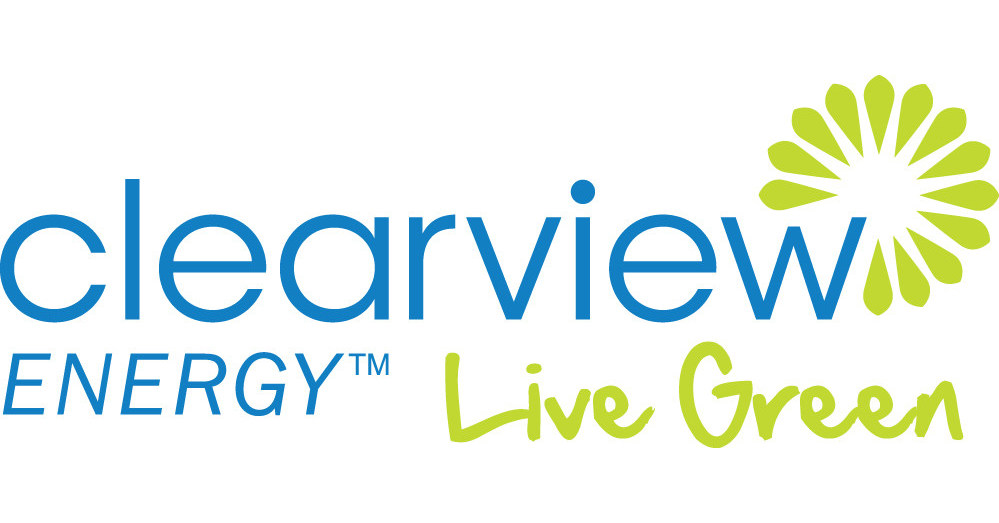Part 4 of 5 Parts (Please read Parts 1, 2 and 3 first)
There are many who do not see advanced nuclear, including SMRs, as being the best option for zero carbon power generation.
Tim Fox is a vice president and research analyst with ClearView Energy Partners LLC. He said, “The Biden administration has made clear that advanced nuclear power can and should play a role — perhaps one day a substantial one — in its efforts to achieve 100% carbon-free generation by 2035. We would characterize this position as pragmatic greening: centrist proposals that deviate from progressive orthodoxy that generally supports non-hydro renewable power over nuclear.”
The Georgia Vogtle project continues to be shorthand for the expansion of nuclear power in the U.S. That is partly because it is more common to hear policy makers debate nuclear retirements that massive new reactors. As the first set of new nuclear power reactors in almost thirty years, Vogtle is the most recent frame of reference. The nearly thirty-billion-dollar price tag overshadows the project’s achievements, according to engineers and analysts working with the GPSC staff.
Officials from Southern often argue that Vogtle’s AP1000 reactors will be economic in the long run when compared to natural gas forecasts. However, this may take sixty to eighty years to happen. The five state utility regulators also agree with that statement. Stephen Kuczynski is the CEO of Southern Nuclear. He said, “So some of the design requirements are very, very strict and very unique to nuclear installations. That’s kind of what helps make these plants so robust. That’s why they operate 24/7 for 60, 80 years.”
However, members of the GPSC’s advocacy group said that the electric company is wrong. Tom Newsome, Philip Hayet and Lane Kollen are GPSC staff and consultants. Last December, they testified that “The company grossly under-estimated the costs of Vogtle 3 and 4 in its filings and testimony to the commission during at least the first 12 years of the project.”
Until the new Vogtle reactors start up, the project cannot receive highly coveted federal production tax credits. The deadline for the tax credit application was December of 2020 but it was extended past that deadline when it became clear that the new Vogtle reactors would not be finished by then. The tax credits, federal loan guarantees and customer payments covering Vogtle’s costs were part of the reason that Georgia Power argued that it would be cheaper for Georgia to build nuclear power in the long run.
The GPSC staff and consultants said that that is not the case anymore. This holds true event considering financial models that forecast natural gas prices as high as twenty dollars a ton and carbon prices at ten dollars at ton. They wrote that, “Carbon dioxide emissions charges do not make the units economic, and the units are still significantly uneconomic versus alternative combine-cycle generation.”
The two new reactors at Vogtle are so close to completion that the GPSC’s advocacy staff says that it is more economic to finish the projects because costs are now going down. However, the economic benefit is small because of how much it has cost to construct the new reactors to date. Liz Coyle is the executive director of Georgia Watch, a consumer advocacy group. She said, “It’s jaw-dropping,”
Please read Part 5 next
Nuclear Reactors 1001 – Can Nuclear Fission Power Generation Compete with Natural Gas Power Generation – Part 4 of 5 Parts

